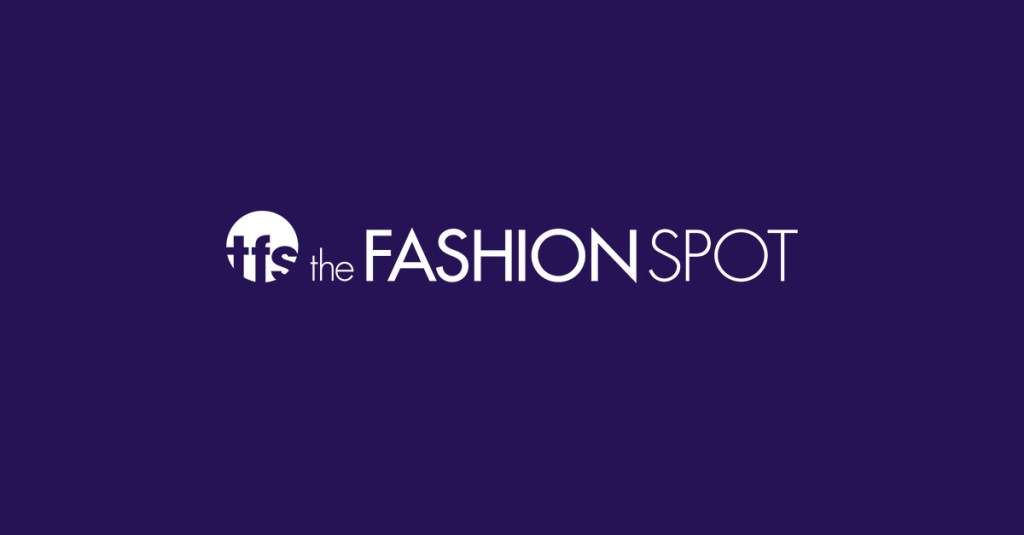Sruli Recht says that his blood gets on everything he makes, which is easy to believe considering the intricacy of his work and the fact that he fully engages in manufacturing of his items.
Sruli’s multi-tasking abilities are truly extraordinary: apart from making clothes, he has ventured into video and hologram installations, illustration of children’s books and record covers, footwear and sunglasses…




